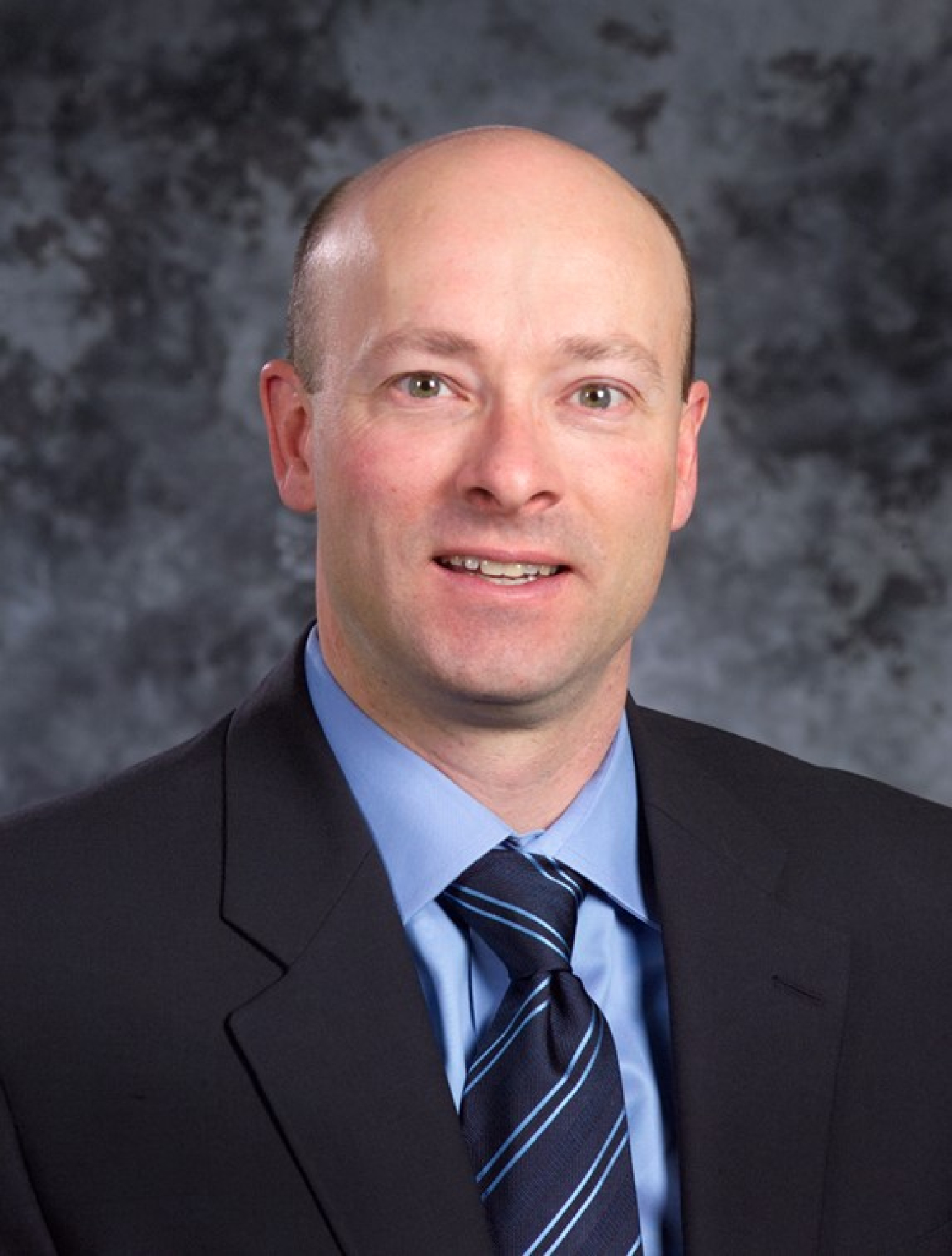The United States is going to need a lot of high-assay low-enriched uranium (HALEU) in the coming years to support the development and deployment of advanced reactors. We don’t currently have licensed containers designed specifically to transport HALEU.
November 20, 2024
The United States is going to need a lot of high-assay low-enriched uranium (HALEU) in the coming years to support the development and deployment of advanced reactors.
That’s why we’re working to help boost production of this important nuclear fuel.
But there’s a challenge — once you produce HALEU, how do you move it?
If existing highly enriched uranium (HEU) shipping containers were used for HALEU, it would take thousands of shipments of HALEU to fuel one advanced nuclear reactor because these containers have not been optimized for HALEU.
Here’s how we’re working to make transporting HALEU more efficient and more cost-effective while maintaining high safety standards.
Current HALEU Transportation Methods
Transportation of fissile material is regulated by various agencies, including the Department of Transportation and the Nuclear Regulatory Commission (NRC).
Traditional light-water reactor fuel is shipped in containers that have been approved to transport fuel enriched up to 5%.
Since HALEU is enriched to a higher level (5% to less than 20%), regulatory approval is needed to ensure the higher-enriched material is safe and securely transported.
The NRC has licensed/certified several transportation packages to support the transportation of HALEU, including:
- Orano DN30-X (allows up to 20% U-235 enriched UF6)
- TN-Americas LLC Versa-Pac package (allows for shipping TRISO fuel)
- Framatome MAP-12-13 (allows up to 8% U-235 LWR fresh fuel)
- Framatome TN-B1 (allows up to 8% fresh fuel)
- NAC International’s OPTIMUS®-L packaging system (allows for shipping HALEU TRISO fuel)
Transportation packages designed for HEU (20% and up) could also be used for transporting HALEU, but only in small quantities — drastically increasing the cost and number of containers required.
DOE is working to support industry efforts to develop additional new or updated transportation packages to support the transportation of large quantities of HALEU.
Moving HALEU Forward
The U.S. Department of Energy (DOE) expects to make $16M available over three years for research, development, and NRC certification of new HALEU transportation packages — or modification of existing packages to better accommodate HALEU shipments.
Developing new HALEU-specific containers will likely take significant time and investment, while modifying existing designs could provide a more near-term solution.
This investment will support the creation of an efficient, economical, and sustainable front end of the nuclear fuel cycle for HALEU in this country and help DOE deliver HALEU to the companies who need it to demonstrate and deploy their advanced reactor technologies.
Improving HALEU transportation ties into the work already underway through DOE’s HALEU Availability Program to ensure access to HALEU for civilian domestic research, development, demonstration, and commercial use.
Dr. Jon Carmack

Dr. Jon Carmack is the Deputy Assistant Secretary for Nuclear Fuel Cycle. Prior to this, he served as a senior technical advisor to NE from March 2018 to March 2023. He previously served as national technical director for NE's Advanced Fuels Campaign.
Jon began his career as a student at Idaho National Laboratory (INL) in 1989 and joined the Fuels and Materials Department after graduating with a B.S. and M.S. in nuclear engineering from the University of Washington in 1991. During graduate school he worked for Haliburton (NUS) Nuclear Utility Services. He left INL in 1999 and spent five years at BWX Technologies in Lynchburg, Virginia, returning to INL in 2004 to join the DOE Advanced Fuel Cycle Initiative program. He obtained his Ph.D. from the Department of Nuclear Engineering, University of Idaho, in 2012, focusing on fuel-cladding chemical interaction formation in fast reactor metallic fuels.
Jon is well-known as an avid skier, biker, farmer, and Toyota Land Cruiser aficionado.

